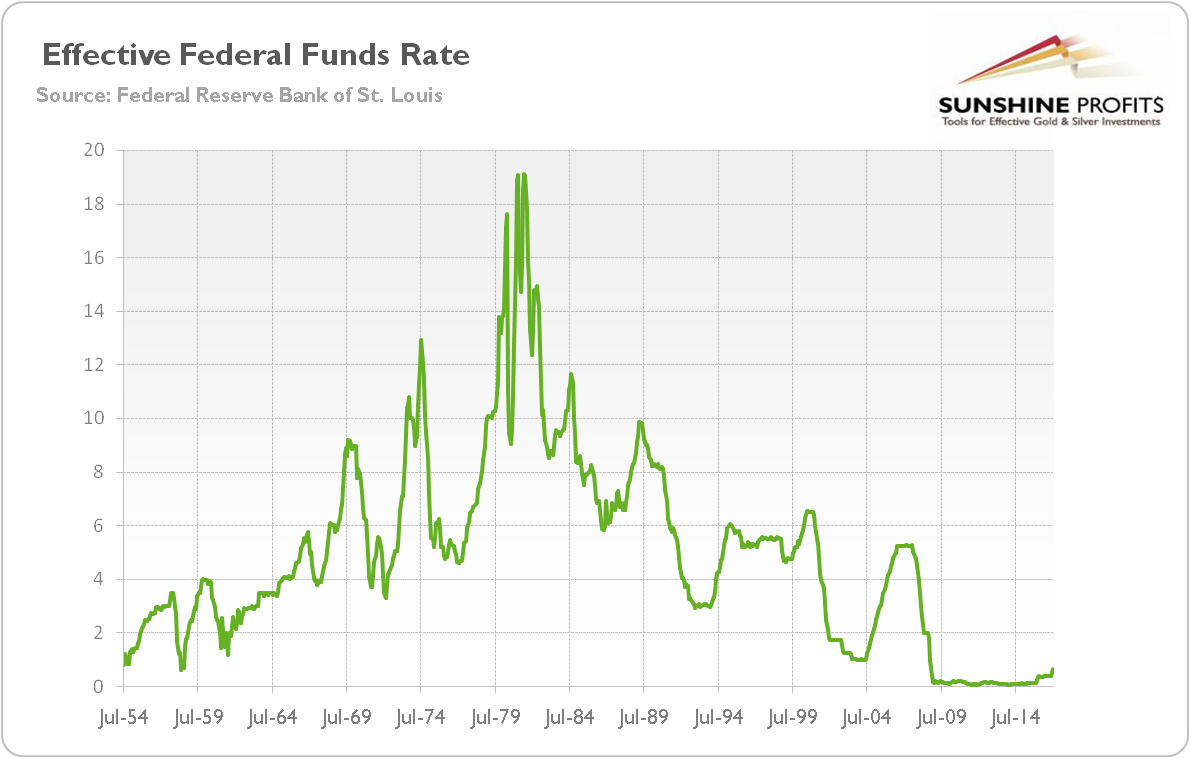
The unemployment rate dropped to a new 53-year low of 3.4% as employers added an explosive 517,000 jobs. But last month’s labor benchmarks tell a different story. The Consumer Price Index, which is the government’s main inflation gauge, rose 6.5% year-over-year in December, down from a peak increase of 9.1% recorded in June. Price increases are moderating, and some economists think consumers have seen the worst of it. Reich believes that the Fed has been too focused on the dangers of a tight labor market leading to higher wages, a stance that he says “neglects the other side of their mandate-to promote maximum employment.”įor the most part, the approach appears to be working to reduce inflation-but not without painful consequences. “I wish there were a completely painless way to restore price stability,” Powell said at a news conference on Dec. Fed Chair Powell has suggested that hard times are coming, particularly for workers. Last Wednesday, the Fed raised its benchmark interest rate for an eighth time since March, although at a slower pace, and indicated that further increases were probable. The central bank has been aggressively increasing interest rates to slow the economy and bring inflation back to around its 2% target. It might seem odd to regard wage increases as a problem, but the Fed’s approach highlights the harsh trade-offs at the heart of the battle against inflation: To keep prices stable, it needs to be harder for workers to find a job and get a pay raise, according to the Fed. Under this economic model, consumers are more likely to spend freely when they have higher incomes, and companies tend to raise their prices to help cover climbing labor costs. The Fed’s long-standing belief is that a job market with strong hiring and increased wages typically fuels higher inflation. Average hourly pay grew 4.4% in January from a year earlier, down from a peak of 5.6% in March. Wessel points out, for instance, that the Fed was likely glad to see the pace of wage increases come down. “The Fed’s old model had been wage-price inflation, but today wages lag prices.”

“A large piece of the inflation puzzle is not coming from wages,” he says. In an interview with TIME, Reich says the central bank’s approach fails to acknowledge many other inflationary forces, such as the ongoing war in Ukraine, and the ability of many global corporations to set prices and increase the likelihood of price-fixing or market manipulation. Secretary of Labor in the Clinton Administration. It’s a model that is “breaking down,” says Robert Reich, former U.S. The Fed’s method of raising interest rates to slow down an overstimulated economy doesn’t always produce results that are good for workers, economists say. But make no mistake, the central bank is not your friend-and a growing number of economists are questioning whether its age-old approach to combating high inflation makes sense. Federal Reserve is supposed to be a champion of working families, instructed by Congress to aim for maximum employment and low inflation.


 0 kommentar(er)
0 kommentar(er)
